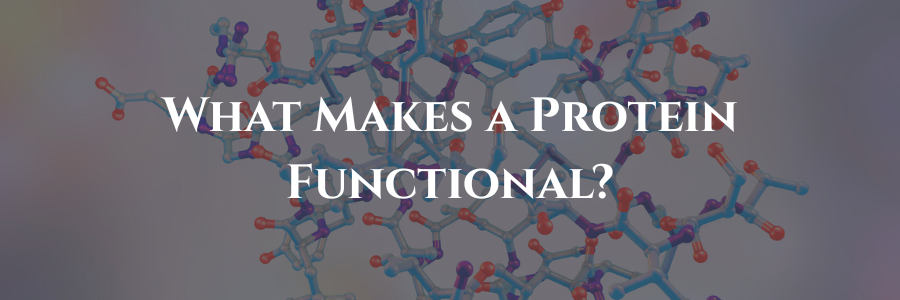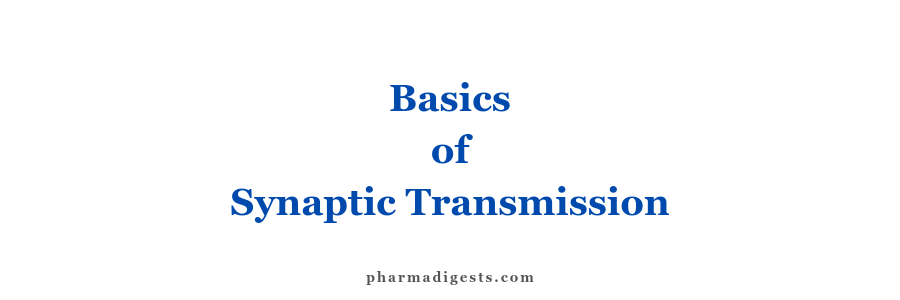M Pharm

Why Protein Folding Matters?
Proteins are tiny machines that must fold into the right shape to work. Imagine folding a piece of paper into a paper airplane. If the folds are done right, you get a perfect flying airplane. One wrong fold? It doesn’t fly—it falls apart. That’s exactly how proteins behave. Why Is ... Read More

DNA Extraction Process
DNA extraction is more than just a lab technique; it’s a process rooted in biochemistry and molecular biology principles. 1. DNA extraction A process of isolating DNA from cells or tissues to study its structure, sequence, or function. This process involves breaking open cells, separating DNA from other cellular components, ... Read More

What Makes a Protein Functional?
Proteins are not just strings of amino acids they are complex, highly structured, dynamic molecule that must fold correctly to function properly. But what exactly determines whether a protein is functional? Here are some factors that determine proteins functionality: Primary Structure Protein Folding Post-Translational Modifications (PTMs) Molecular Interactions Environmental factors ... Read More

Gluconeogenesis | Formation of Carbohydrates
Gluconeogenesis is a metabolic pathway of glucose formation from amino acids and the glycerol portion of fat. About 60 percent of the amino acids in the body proteins can be converted easily into carbohydrates; the remaining 40 percent have chemical configurations that make this difficult or impossible. Each amino acid ... Read More

Synaptic Transmitters | Rapidly Acting and Slowly Acting
There are more than 50 chemical substances have been proved or postulated to function as synaptic transmitters. Many of them are listed in below, which give two groups of synaptic transmitters. One group comprises small-molecule, rapidly acting transmitters. The other is made up of a large number of neuropeptides of ... Read More

Basics of Synaptic Transmission
Synaptic transmission is a key process whereby presynaptic neurotransmitter release drives electrical and biochemical signals via opening of postsynaptic channels. 7 Steps of Synaptic Transmission Step 1: An action potential arrives at the axon terminal Step 2: Membrane depolarization from action potential causes influx of calcium ions Step 3: Docking ... Read More

Humoral Control of the Circulation
Humoral control of the circulation means control by substances secreted or absorbed into the body fluids- such as hormones and locally produced factors. Among the most important of the humoral factors that affect circulatory function are the following: Vasoconstrictor Agents Norepinephrine and Epinephrine: Norepinephrine is an especially powerful vasoconstrictor hormone; ... Read More

Computer Aided Drug Design (CADD)
Computer Aided Drug Design (CADD) has now become an indispensable tool in the long process of drug discovery and development. It includes finding, developing and analyzing medicines and related biological active compounds by computer methodologies. The reliability of the mathematical methods used to obtain and solve the equations is well ... Read More

An Introduction to Lead and Analogue Synthesis
Once the structure of a lead has been decided it is necessary to design a synthetic pathway to produce that lead. These pathways may be broadly classified as either partial or full synthetic routes. The chemical reactions selected for the proposed synthetic pathway will obviously depend on the structure of ... Read More

Structure Activity Relationship in Medicinal Chemistry
Structure-Activity Relationship (SAR) is an approach to find the relationships between a chemical structure of a molecule and its biological activity. SARs are usually determined by making minor changes to the structure of a lead to produce analogues and assessing the effect these structural changes have on biological activity. This ... Read More
